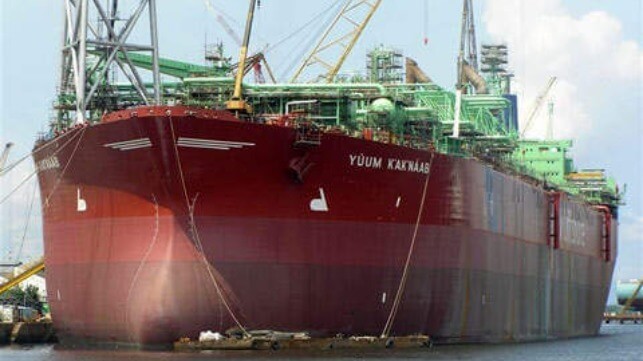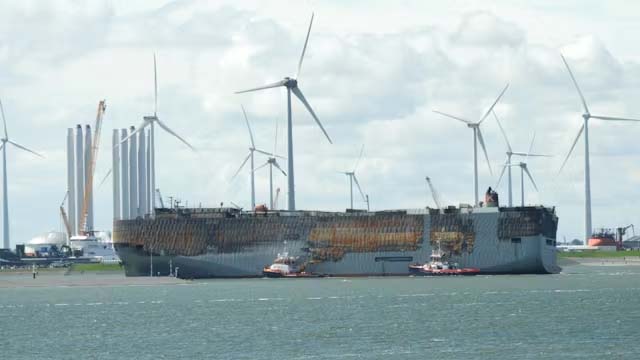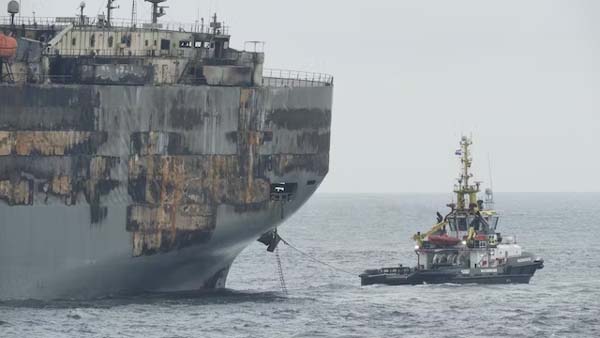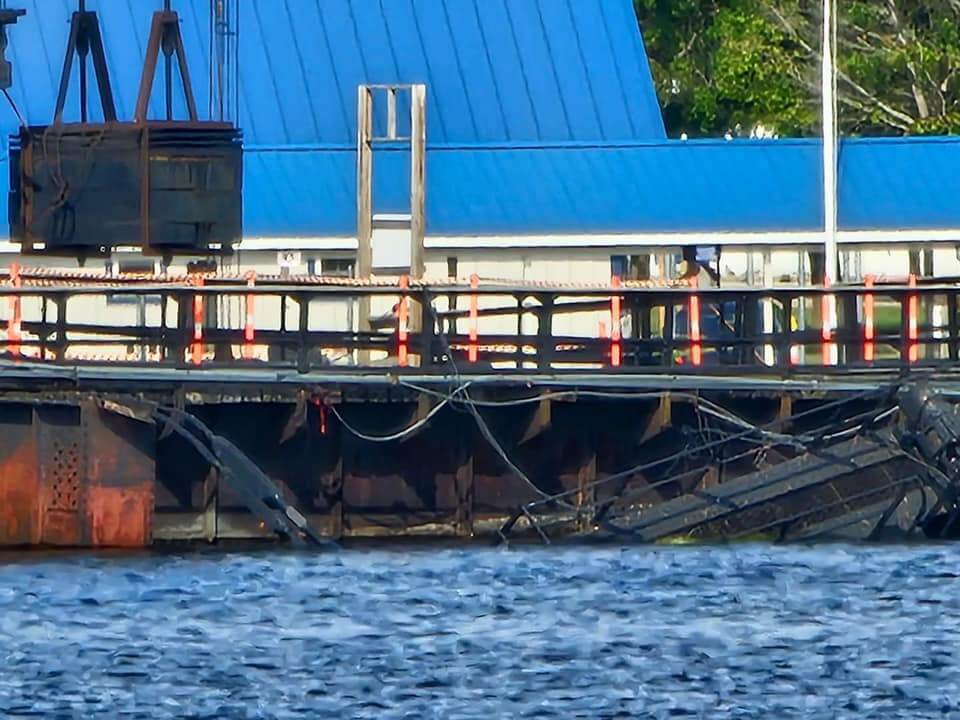Report: FPSO for Mexico's Biggest Oilfield Shuts Down

Mexican state oil company Pemex has had to temporarily shut down loading from its largest FPSO, Yúum K’ak’ Náab, due to a leak from one of its hose trains, according to Bloomberg.
The FPSO is the busiest oil terminal in Mexico, and Pemex is working to offset the interruption. The company is reportedly restarting the single-point mooring terminal at Cayo Arcas to make up some of the capacity, and hopes to have Yúum K’ak’ Náab back online by the end of the week.
The FPSO Yúum K’ak’ Náab is an offloading terminal for the prolific Ku-Maloob-Zaap field complex, which is Pemex's most productive oil project. The network of platforms at the site put out about 700,000 barrels per day (bpd), equal to about 40 percent of Pemex's total production. The area has been in production for more than 40 years, and Pemex has invested heavily to sustain output from mature reservoirs using pressurized reinjection of nitrogen gas.
Yúum K’ak’ Náab started life as the ULCC Berge Enterprise and was purchased and converted for FPSO duty by BW Offshore. The floating terminal debuted at Ku-Maloob-Zaap in 2007, and was the first tanker-based FPSO in Mexico's offshore sector. It is designed to handle 600,000 bpd of oil production.
Pemex assumed ownership and management of the FPSO almost exactly one year ago. The unit was originally procured under a 15-year charter agreement, and the terms of the lease included a provision for Pemex to acquire and operate the FPSO at the end of the contract.
The shutdown is the latest in a string of spills and incidents for the company's offshore operations this year. In July, loading hoses at the Salina Cruz terminal were damaged in strong winds, forcing a shutdown. A fire and explosion at a gas platform in the Cantarell offshore field killed two people on July 7, and an oil slick estimated at about 150 square miles in size was detected in the same area. Pemex confirmed the spill but told media that it was much smaller than reported.
Ku-Maloob-Zaap has also had its fair share of casualties. In July 2021, a burst 12-inch subsea pipeline released a large volume of gas about 150 yards away from one of the field's many platforms. The gas ignited, forming a roiling "eye of fire" that captured the public's attention. The next month, a fire on Ku-Maloob-Zaap's platform complex killed at least six workers and injured six more.















